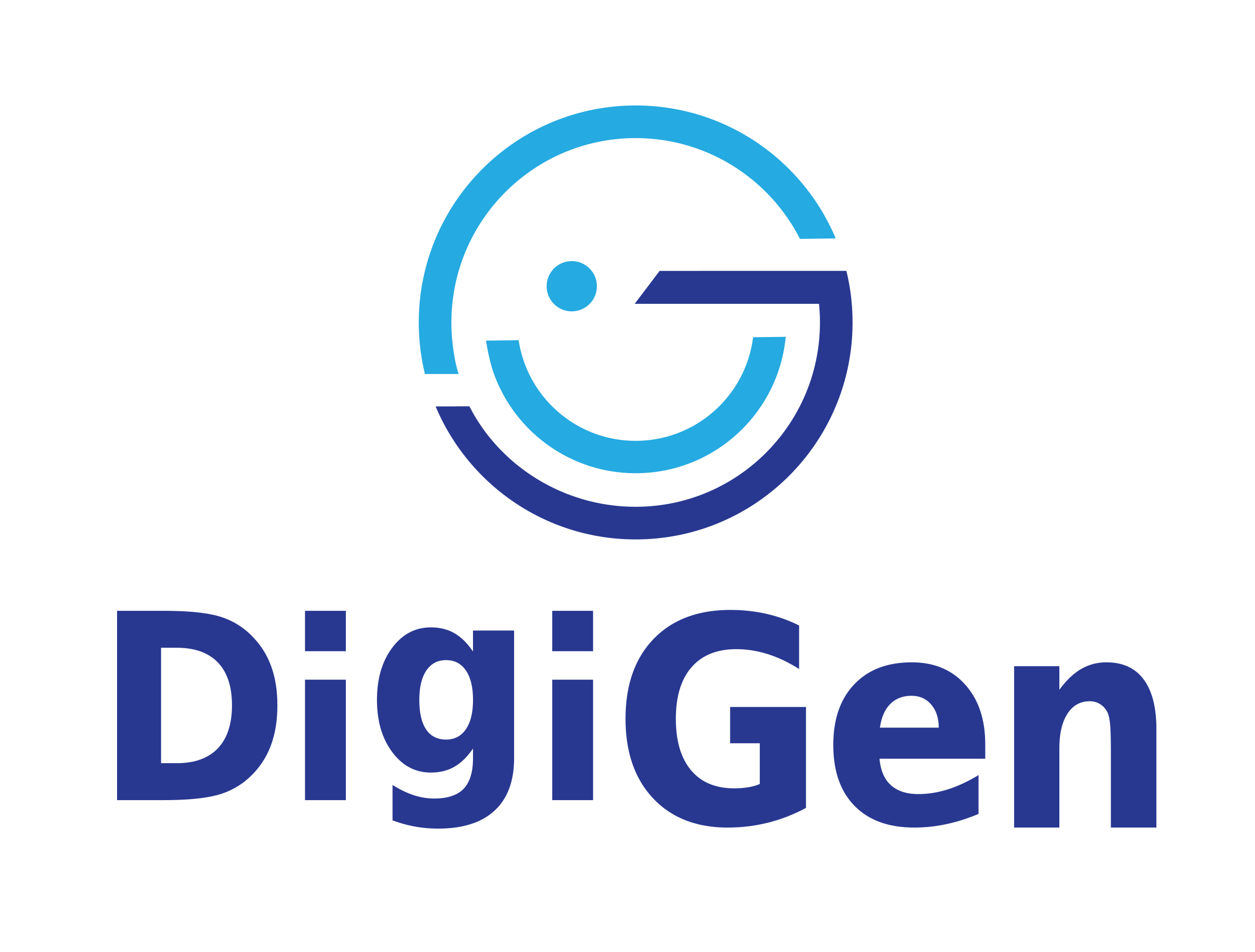This map was designed and developed by DigiGen’s researchers: George Filandrianos, Electrical and Computer Engineer (NTUA) and a PhD candidate of the Intelligent Systems Laboratory (School of Electrical and Computer Engineering (ECE) - NTUA) and the Professor Maria Symeonaki, Panteion University of Social and Political Sciences, Department of Social Policy
This project has received funding from the European Union’s Horizon 2020 research and innovation programme under grant agreement No 870548.
Neither the European Union nor any person acting on behalf of the Commission is responsible for how the information in this map is used.
DGmap acknowledges use of raw data from Eurostat, EU-SILC, 2015-2020. We also acknowledge use of raw data drawn from OECD’s PISA, 2015 and 2018, ICILS 2019, ESS 2016, 2018 and 2020 (ESS Round 10: European Social Survey Round 10 Data (2020). Data file edition 1.2. Sikt - Norwegian Agency for Shared Services in Education and Research, Norway – Data Archive and distributor of ESS data for ESS ERIC. doi:10.21338/NSD-ESS10-2020. ESS Round 9: European Social Survey Round 9 Data (2018). Data file edition 3.1. Sikt - Norwegian Agency for Shared Services in Education and Research, Norway – Data Archive and distributor of ESS data for ESS ERIC. doi:10.21338/NSD-ESS9-2018. ESS Round 8: European Social Survey Round 8 Data (2016). Data file edition 2.2. Sikt - Norwegian Agency for Shared Services in Education and Research, Norway – Data Archive and distributor of ESS data for ESS ERIC. doi:10.21338/NSD-ESS8-2016) and the 2nd ICT in Education survey. Moreover, DGmap makes use of TIMSS 2019 data almanacks for grade 8 and specifically the electronic questionnaire eTIMSS. The responsibility for all conclusions drawn from the data lies entirely with the authors.
